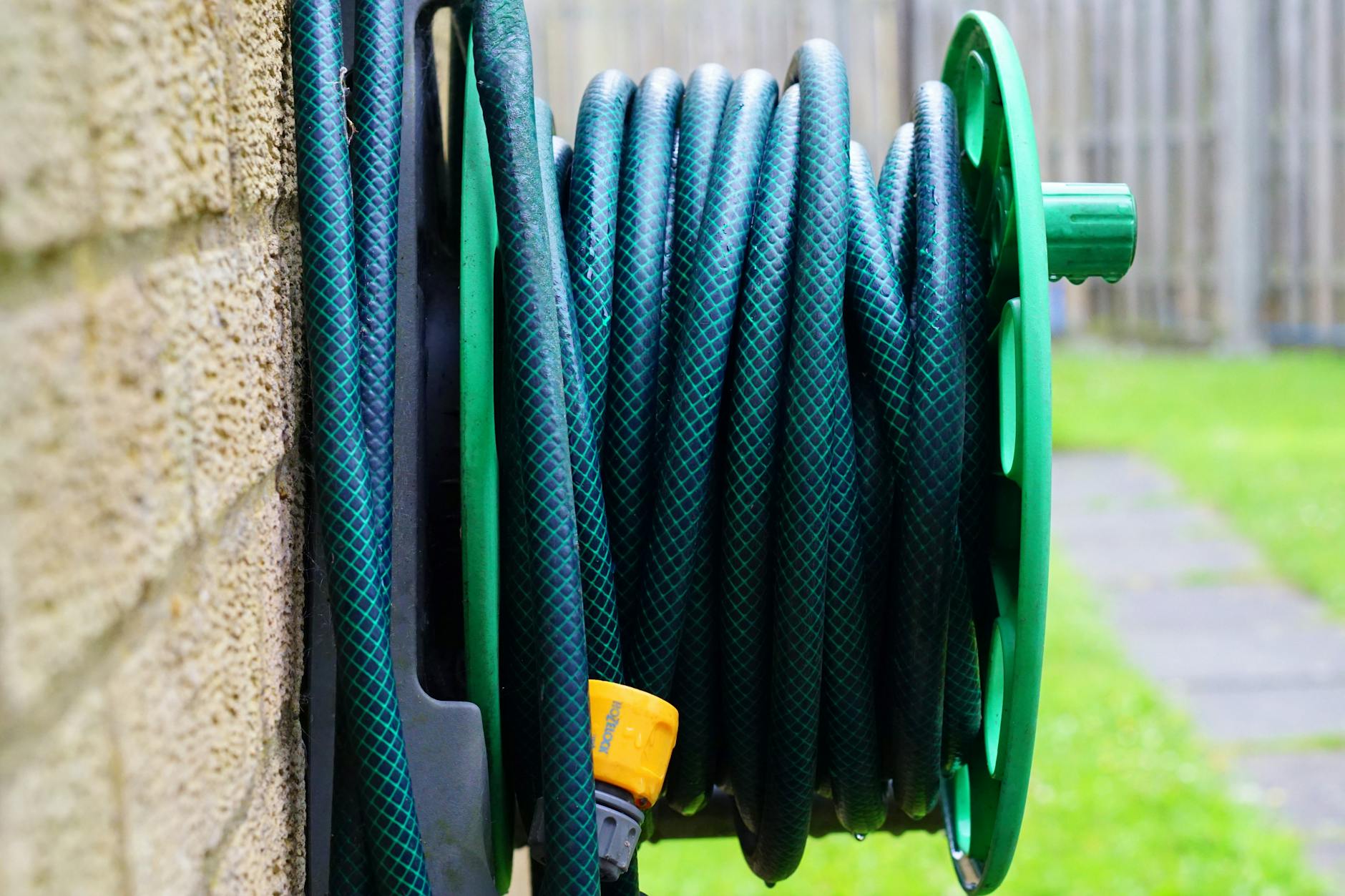In today’s environmentally-conscious world, the shift towards sustainable solutions is becoming more prevalent, with an increasing number of homeowners and businesses seeking ways to conserve water and reduce utility bills. One such solution gaining popularity is artificial grass. Artificial grass offers a multitude of benefits that not only contribute to water conservation efforts but also lead to significant savings on utility bills. Let’s delve into the advantages of artificial grass and how it can effortlessly help in water savings and utility bill reduction.
The Rise of Artificial Grass
Artificial grass, also known as synthetic turf, has come a long way from its origins as a sports field staple. Today, it is a versatile landscaping option that closely resembles natural grass in both appearance and functionality. The beauty of artificial grass lies in its low maintenance requirements and its ability to thrive in various climates, making it a viable alternative to traditional grass lawns.
Water Conservation with Artificial Grass
One of the most significant benefits of artificial grass is its contribution to water conservation. Natural grass lawns require a substantial amount of water to maintain their lush green appearance, especially in regions facing water scarcity or drought conditions. In contrast, artificial grass eliminates the need for regular watering, reducing water consumption significantly. By opting for synthetic turf, homeowners can enjoy a verdant landscape without compromising on water conservation efforts.
Utility Bill Reduction through Artificial Grass
Beyond water savings, artificial grass offers potential utility bill reduction benefits. Traditional grass lawns necessitate regular mowing, irrigation, and fertilization, all of which contribute to increased energy consumption and utility costs. In contrast, artificial grass requires minimal maintenance, thus reducing the need for lawn care equipment and watering systems. This results in lower utility bills over time, offering long-term savings for homeowners and businesses alike.
Environmental Impact of Artificial Grass
In addition to water savings and utility bill reduction, artificial grass also has a positive impact on the environment. By eliminating the need for chemical pesticides and fertilizers commonly used on natural grass lawns, synthetic turf helps reduce water pollution and minimizes the risk of harmful runoff into water bodies. Furthermore, the longevity of artificial grass minimizes the use of gas-powered lawn care equipment, contributing to lower carbon emissions and a greener environment.
Aesthetics and Durability of Artificial Grass
Apart from the practical benefits, artificial grass also enhances the aesthetic appeal of outdoor spaces. With advancements in technology, synthetic turf now closely mimics the look and feel of natural grass, creating a lush and inviting landscape year-round. Additionally, artificial grass is highly durable and resilient, capable of withstanding heavy foot traffic, harsh weather conditions, and pet activities without losing its vibrant appearance.
Conclusion
Artificial grass offers a sustainable and cost-effective solution for homeowners and businesses looking to conserve water, reduce utility bills, and create a beautiful outdoor environment. With its water-saving properties, utility bill reduction benefits, minimal maintenance requirements, and positive environmental impact, synthetic turf is a smart choice for those seeking an effortless way to enhance their landscapes while contributing to a more sustainable future. Consider making the switch to artificial grass and reap the rewards of a greener, more efficient outdoor space.


